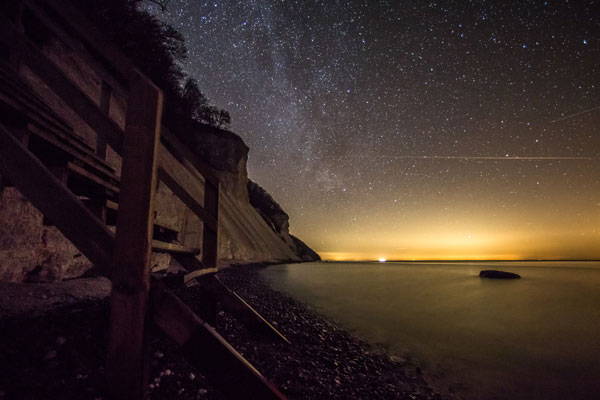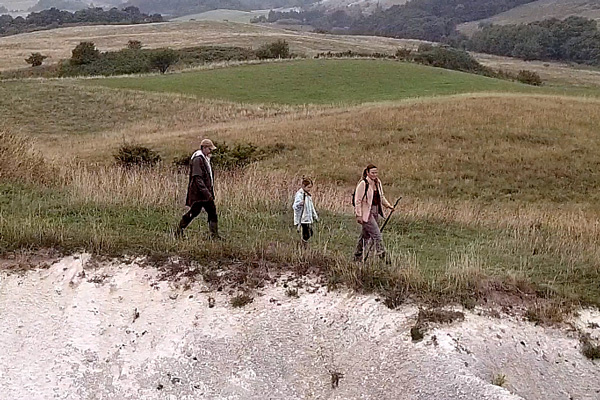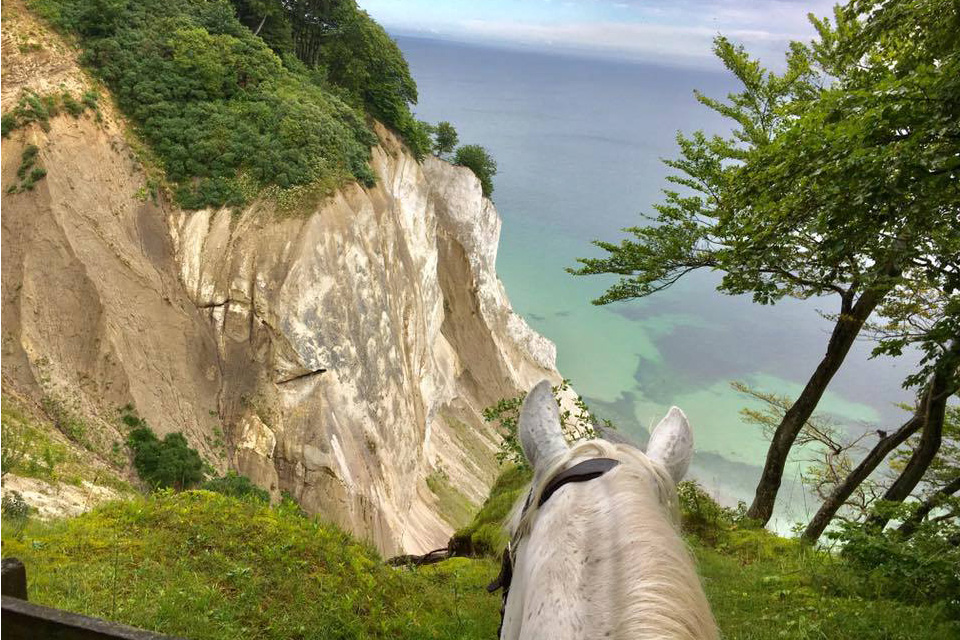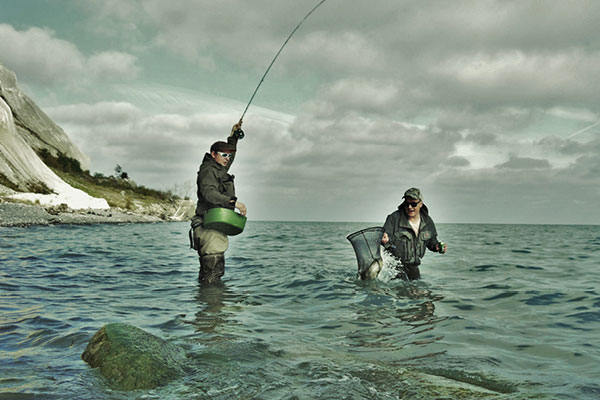DARK SKY CALENDAR 2023
Whole April Global Astronomy Month
April 6 Full Moon
April 11 Conjunction of Venus and Pleiades. Take to a high spot or a place with open view and look West after sunset.
Mercury is visible in the evening sky, at its farthest distance from the Sun. Take to Aborrebjerget or Mandemarke Bakker and look West after sunset.
April 20 New Moon
April 22-23 Maximum of the Lyrid meteor shower (radiant lies in the constellation of Lyra, but meteors can be seen across the entire sky, up to 20 meteors per hour).
April 23 Conjunction of Moon and Venus
May 5 Full Moon
Penumbral Lunar Eclipse at the Moonrise. As the Moon rises, it will be slightly obscured by the Earth’s Penumbra. Take to Møns Klint, Aborrebjerget or Mandemarke Bakker and look South-East from 20:57. Use of binoculars, telephoto lens or a small telescope is recommended.
May 6-7 Maximum of the Eta Aquarid meteor shower (radiant lies in the constellation of Aquarius, but meteors can be seen across the entire sky, up to 30 meteors per hour). Best to observe after midnight. Unfortunately, the Full Moon will hide most of the shooting stars in its strong light.
May 19 New Moon
May 22-24 Conjunction of Moon, Venus and Mars. Look West after sunset. Observation from a high spot or a place with open view is recommended.
End of May Beginning of the Noctilucent Clouds season. Read more about the Night-shining Clouds on the Dark Sky Seasons’ page
June 4 Full Moon
June 18 New Moon
June 21 Summer solstice – today is the shortest night and the longest day. The first day of Summer in the Northern Hemisphere.
July 3 Full Moon
July 7 Conjunction of Moon and Saturn. Look East right after midnight. Observation from a high spot or a place with open view is recommended.
July 17 New Moon
July 28-29 Maximum of the Delta Aquarid meteor shower (radiant lies in the constellation of Aquarius, but meteors can be seen across the entire sky, up to 20 meteors per hour). Best to observe after midnight. Unfortunately, the Full Moon will hide most of the shooting stars in its strong light.
August 1 Full Moon
August 8 and 9 Conjunction of Moon and Jupiter. Look East right after midnight. Observation from a high spot or a place with open view is recommended.
August 12-13 Maximum of the Perseid meteor shower (radiant lies in the constellation of Perseus, but meteors can be seen across the entire sky, around 60 meteors per hour). One of the best meteor showers to observe, as you can see many bright meteors during the peak night.
August 16 New Moon
August 27 Saturn at Opposition. The giant planet will be at its closest approach to the Earth, appearing bigger and brighter than usual. Use a small telescope to view and photograph Saturn and its planets.
August 30 Conjunction of Moon and Saturn
August 31 Full Moon
September 4-5 Conjunction of Moon and Jupiter
September 15 New Moon
September 22 Mercury at its highest point above the horizon in the morning sky, at its farthest distance from the Sun. Take to Møns Klint or Mandemarke Bakker and look East from 05:13.
September 23 September Equinox. Today day and night are the same length – the first day of Autumn in the Northern Hemisphere.
September 29 Full Moon
October 1 Conjunction of Moon and Jupiter
October 7-8 Maximum of the Draconid meteor shower (radiant lies in the constellation of Draco, but meteors can be seen across the entire sky, up to 10 meteors per hour). Best to observe after midnight.
October 10 and 11 Conjunction of Moon and Venus in the morning sky
October 14 New Moon
October 21-22 Maximum of the Orionid meteor shower (radiant lies in the constellation of Orion, but meteors can be seen across the entire sky, up to 20 meteors per hour). Best to observe after midnight.
October 24 Conjunction of Moon and Saturn in the evening sky
October 28 Full Moon
Partial Lunar Eclipse. The Moon will be partly obscured by the Earth’s darkest shadow. The Partial Eclipse begins at 21:35, reaches maximum at 22:14 and ends at 22:52. Use of binoculars, telephoto lens or a small telescope is recommended.
November 3 Jupiter at Opposition. The giant planet will be at its closest approach to the Earth, appearing bigger and brighter than usual. Use a small telescope to view and photograph Jupiter and its planets.
November 9 Conjunction of Moon and Venus in the early morning sky
November 13 New Moon
November 17-18 Maximum of the Leonid meteor shower (radiant lies in the constellation of Leo, but meteors can be seen across the entire sky, up to 10 meteors per hour). Best to observe after midnight.
November 20 Conjunction of Moon and Saturn in the evening sky
November 25 Conjunction of Moon and Jupiter in the evening sky
November 27 Full Moon
December 9 Conjunction of Moon and Venus in the early morning sky
December 13 New Moon
December 13-14 Maximum of the Geminid meteor shower (radiant lies in the constellation of Gemini, but meteors can be seen across the entire sky, up to 120 meteors per hour). Best to observe after midnight.
December 17 Conjunction of Moon and Saturn in the evening sky
December 21-22 Maximum of the Ursid meteor shower (radiant lies in the constellation of Ursa Minor, but meteors can be seen across the entire sky, up to 10 meteors per hour). Best to observe in the early hours of December 22.
December 22 Winter solstice – today is the longest night and the shortest day. The first day of Winter in the Northern Hemisphere.
December 27 Full Moon
Camp Møns Klint
Klintevej 544
4791 Borre
+45 55 81 20 25
info@campmoensklint.dk




















